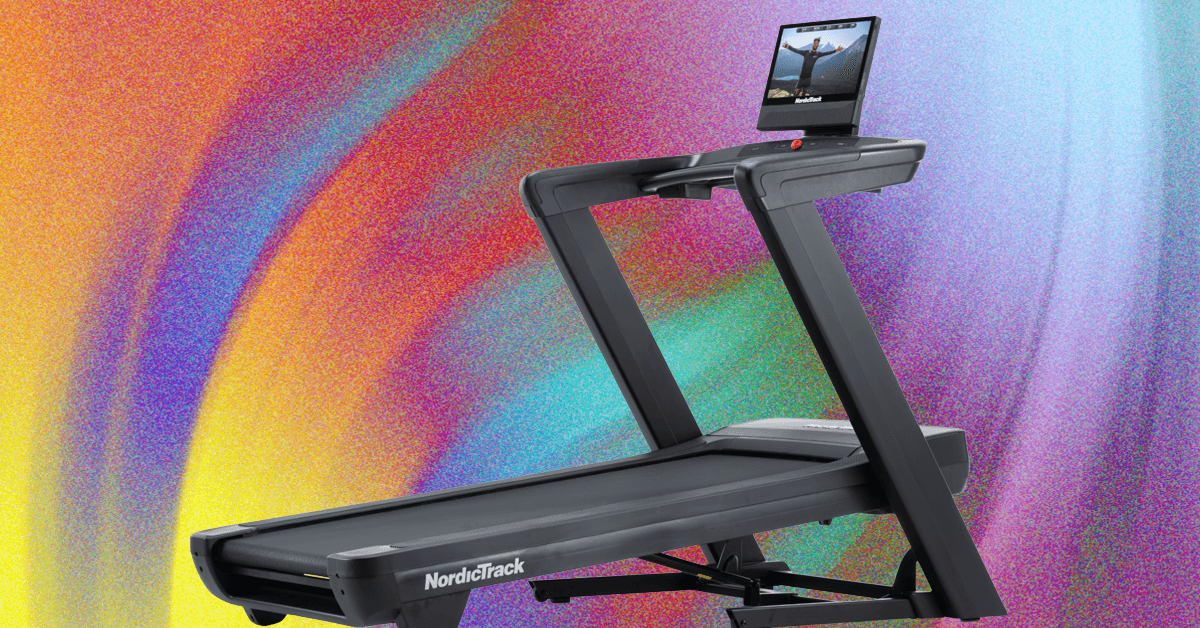
Without rotation, tires might not wear evenly. Front tires play a larger role in braking, and on front-wheel-drive vehicles they must claw for traction, which means they wear out more quickly. Plus, minute variations in suspension and alignment can introduce uneven wear patterns. All of this can have an impact on your car’s ride and noise level, as well as the tire’s longevity.
“Spreading wear around all four tires ensures even tread depth and grip,” says Gordon Gingras, an automotive engineer and tire technician at Consumer Reports’ Auto Test Center. “Plus, a visit to the mechanic is also an opportunity for a pro to inspect your tires for damage and proper inflation.” (Here’s what else should be on your car maintenance checklist.)
Your owner’s manual will have guidance on the rotation pattern (some are front-to-rear, others side-to-side) and frequency. Tire rotation can cost about $60, but shop around: Some retailers may provide the service free of charge if you buy tires from them. (Learn other tips for saving money when buying replacement tires.)









